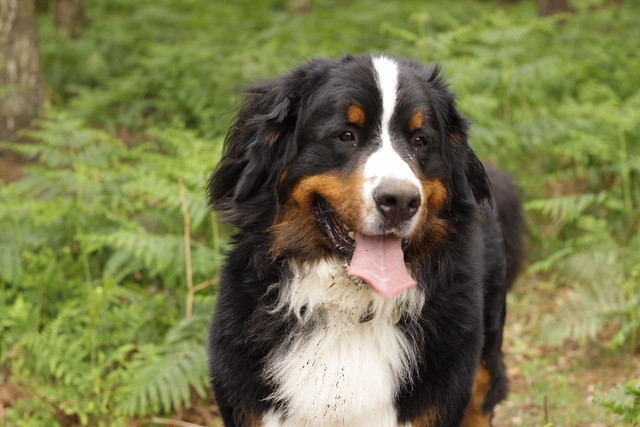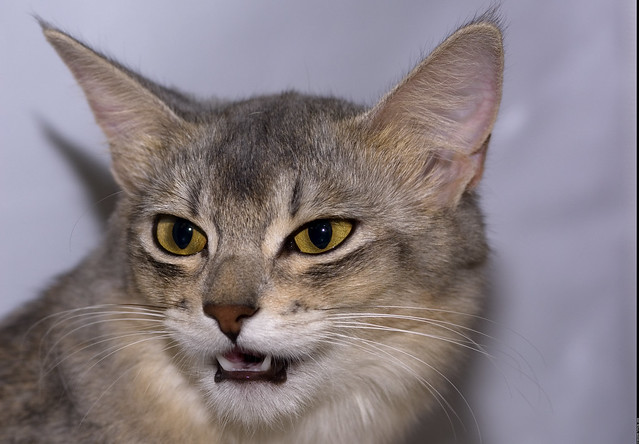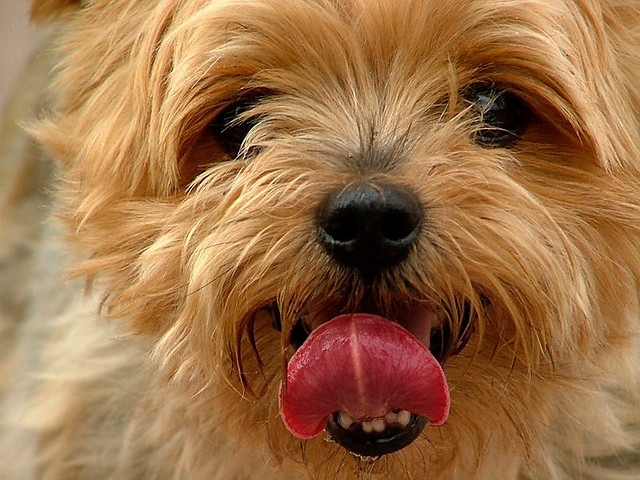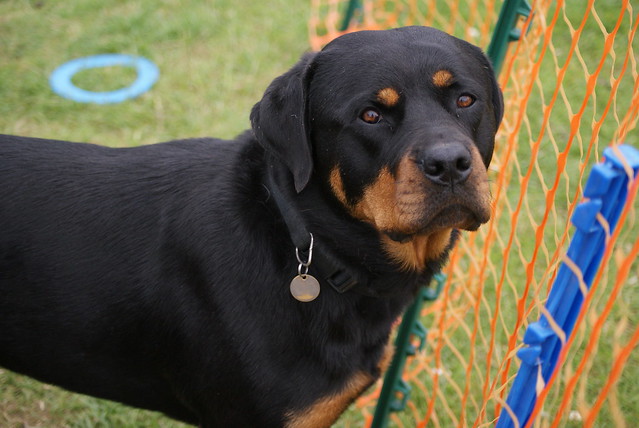(Original Title: Bernese Mountain dog - What you must know )
 |
| Photo by StooMathiesen |
The Bernese Mountain Dog is an affectionate, gentle, intelligent, and loyal animal that bonds to his family at a very younger age. This dog loves folks and kids and likes to be in physical contact with them by leaning against them or sitting on their feet.
is an affectionate, gentle, intelligent, and loyal animal that bonds to his family at a very younger age. This dog loves folks and kids and likes to be in physical contact with them by leaning against them or sitting on their feet.
Through the years this canine has been used for driving livestock, as a farm guardian, and for draft work. He excels in monitoring, herding watchdogging, guarding, search and rescue, and aggressive obedience.
A large, heavy dog, the Bernese Mountain Dog matures to 23 to twenty-eight inches in the top (58 to71 centimeters) and weighs between eighty and 110 kilos (36 to 50 kilograms).
History of Breed
Named after the Berne canton of Switzerland, the precise origins of this breed are uncertain. It more than likely started as a farm canine within the Swiss mountains.
There is work showing dogs of the Bernese type relationship back to the end of the 18th century, although it was not till the late nineteenth century that Professor Albert Heim, Franz Schertenleib, and others worked to protect the native dogs of Switzerland. It was then that the Bernese Mountain Dog (Berner Sennenhund) became a definite breed.
Color and Coat
The Bernese Mountain Dog has a heavy double coat that is moderately lengthy and could be either straight or barely wavy. The coat is climate resistant and thick and may make the canine uncomfortable in warm weather. He is sometimes better suited to cooler climates.
This tricolored dog ought to have a black coat with a white blaze on the head and chest, and white on the toes. There must be rust colored markings over each eye, on the cheeks, on the perimeters of the chest, on each leg, and underneath the tail. The markings ought to be symmetrical. A superbly marked canine gives the phantasm of a white "Swiss Cross" on the chest when the dog is considered from the entrance in a sitting position.
Personality and Temperament
The Bernese Mountain Dog prefers the outdoors, although he's usually effectively-behaved and relatively inactive while indoors. Although this canine can move with nice speed and agility, it has little endurance. In addition to enjoying activities reminiscent of mountain climbing, these canines will be skilled to tug small wagons or carts.
Often known as extremely devoted animals that crave attention, the Bernese Mountain Dog is greatest suited to a family that may spend an excessive amount of time with him. Due to his intense loyalty, this canine has an extremely onerous time adjusting to a new owner as soon as he has bonded along with his family.
This dog is a really friendly breed and gets along effectively with people and animals alike. He's simply trainable but needs time to assume things through. Endurance and consistency are key, as he does not reply effectively to rough therapy and harshness. The Bernese Mountain dog loves to please and enjoys working with praise and treats.
Show Characteristics
The coloring described above is strictly adhered to, and any foundation shade other than jet black leads to disqualification. Eyes must be dark brown and oval formed, with tight-becoming lids. The ears ought to be set high, triangular and medium-sized, hanging close to the head. The nostril is always black and the enamel ought to meet with a scissors bite.
Regardless of the square appearance of the Bernese Mountain Dog , his physique needs to be barely longer than it is tall with sturdy, dense bone structure. His legs should be straight with a compact, round feet. The tail should be bushy and straight.
, his physique needs to be barely longer than it is tall with sturdy, dense bone structure. His legs should be straight with a compact, round feet. The tail should be bushy and straight.
This dog ought to have an intelligent yet mild expression. He should be alert and self-confident yet remain good-natured.
The Bernese Mountain Dog should have efficient gaits, whether or not working for speed and agility or at a slower working trot that's typical of his use as a draft animal. His hindquarters ought to generate power and he should have good reach with his front limbs.
Typical Health Concerns
Bernese Mountain Dogs have a much larger occurrence of fatal most cancers than different breeds. Most cancers are the main reason behind the Bernese Mountain Dogs brief life expectancy, with some canines dying as young as three or 4 years of age. The Bernese Mountain Dog Club of America is aggressively researching this problem in an effort to improve the dog's life expectancy and quality of life.
These canine are also vulnerable to musculoskeletal points resembling arthritis, hip dysplasia, and cruciate ligament rupture.
Many instances the signs of arthritis set in at a very young age - as early as 4 to 5 years. This massive canine may have mobility issues and might have particular consideration reminiscent of ramps for home and vehicle access. Comfortable, snug bedding helps alleviate joint pain for these dogs.
Grooming
This dog sheds heavily and regularly and requires brushing a minimum of every week or two. When the thick undercoat is shedding, the dog needs to be brushed daily. The coat is naturally resistant to dust, and ought to be washed or dry shampooed solely when necessary.
Country of Origin
The Bernese Mountain Dog originated in Switzerland.
Average Life Span
Compared to different dog breeds of similar dimension, the Bernese Mountain canine could be very quick lived. This canine may be anticipated to dwell 6 to eight years, with a mean life expectancy of 7.2 years.
In previous years the life expectancy of this dog was 10 to 12 years. The longest-lived Bernese Mountain Dog died in the UK at 15.2 years of age.
|












